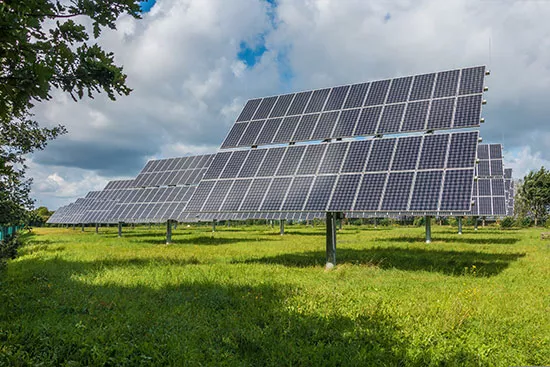Solar structure calculation
Need a solar structure calculation?
The calculation of structures for solar panels is a crucial element in any photovoltaic installation. Incorrect design can significantly reduce panel efficiency, resulting in lower energy production and inferior financial performance. Our specialists will explain how to take into account factors such as tilting, orientation, and shading to ensure the optimal placement of your solar panels.
Key factors for the calculation of structures for solar panels
Tilting and orientation
Shading evaluation
Structural strength
Geographical location
Importance of calculating solar structures
- Maximization of Performance: Proper design allows for the full utilization of available solar energy, increasing energy production and enhancing the profitability of the photovoltaic system.
- Optimization of Investment: By ensuring accurate calculation of structures, unnecessary expenses are avoided, and the investment made in the installation of solar panels is efficient and profitable.
- Safety and Durability: Adequate calculation of structures guarantees the stability and strength of the panels and their supports, which is crucial in preventing accidents and long-term damage.
- Regulatory Compliance: Many locations have specific regulations for the installation of photovoltaic panels. Accurate calculation ensures that the project complies with all local regulations and allows for a legal and secure installation.
- Contribution to Sustainability: By maximizing solar energy production, the structural calculation promotes the adoption of renewable energy and helps reduce dependence on fossil fuels, thereby contributing to the fight against climate change.
Contact us
Basic information on data protection
Responsible: Cero Metros Cuadrados, S.L.
Purposes: Manage the sending of information that you request. Sending commercial communications.
Legitimation: Consent. You can withdraw consent at any time.
Recipients: Your data will not be transferred to third parties except in case of legal obligation.
Data subject's rights: To access, oppose, rectify and have their data deleted, as well as other rights as explained in the additional information.
You can access additional and extended information at this link.
FAQ
What is the importance of a geotechnical analysis in the calculation of solar structures?
Geotechnical analysis is crucial for assessing the characteristics of the soil at the installation site. It provides information about the bearing capacity of the soil, its cohesion, friction angle, and other properties. This information is essential for designing suitable foundations and ensuring the stability and safety of the structure.
What is the role of structural strength and rigidity in the calculation of supports for solar panels?
What techniques are used for stress and deformation analysis in the calculation of structures for solar panels?
Stress and deformation analysis employ numerical methods such as the finite element method, which breaks down the structure into small elements to calculate local stresses and deformations. Analytical analysis and experimental tests can also be conducted to validate the results obtained.

